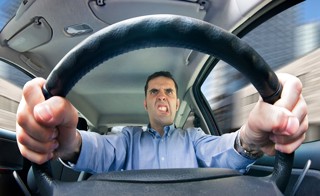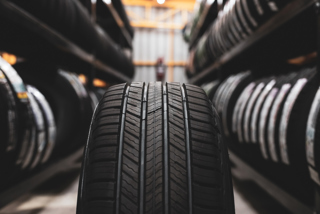The vast majority (88%) of UK motorists cannot correctly identify the current drink-drive limit in England, Wales and Northern Ireland when presented with seven options, according to research by Accident Advice Helpline.
In England, Wales and Northern Ireland, the legal alcohol limit for drivers is 80 milligrams of alcohol for every 100 millilitres of blood in your body or 35 micrograms of alcohol for every 100 millilitres of breath or 107 milligrams of alcohol for every 100 millilitres of urine.
The amount of alcohol it takes to be over the limit varies from person to person, but again this is something that is misunderstood by many.
The study of 1,000 motorists found that almost half (42%) did not think gender had an impact on a person’s drink-drive limit.
When asked if two people drinking the same glass of wine would have the same tolerance about 10% admitted that they weren’t sure and 4% said they would.
Some people have very little understanding of how much alcohol consumed constitutes to being over the legal limit to drive with15% of those polled thinking they would be OK to drive after drinking a long island iced tea which generally has four to five shots of hard liquor in it.
The biggest offenders were females - 20% surveyed said they thought it was OK to drink a long island iced tea and drive and 9% believed it was acceptable to drink two pints of beer before getting behind the wheel.
A small percentage of those surveyed also thought it was acceptable to drink more than five pints and an entire bottle of wine.
The survey found that men were better at identifying the drink drive limit than women, with 17% and 9% correctly identifying the right limit respectively.
However, Government statistics show that men in their 20s are still the most prolific offenders of drink-driving.
Almost 13% of men aged between 20 and 29, who were breathalysed after a crash in 2014, were over the legal drink-drive limit and another 5% had some alcohol in their system.
On average almost 26 people are killed or seriously injured in drink-drive crashes per week in Great Britain.
Both road safety charity Brake and Accident Advice Helpline are calling for a zero tolerance approach, and many motorists support their views. Of the 1,000 motorists surveyed by Accident Advice Helpline, 44% said they wanted to see a zero tolerance policy adopted, and a further 29% wanted to see the current drink-drive limit lowered.
Gary Rae, director of communications and campaigns for Brake, said: “Drink and drug driving remains one of the biggest causes of devastating road crashes; often young and inexperienced drivers and passengers are involved and frequently they are the tragic victims.
“We must continue to send a clear message to all drivers, but especially young men, that drinking and driving is a lethal cocktail.
“It’s shocking to see how many crashes, many involving deaths and serious injuries, have involved men in their 20s.
“We are calling on the UK Government to introduce a zero tolerance drink-drive limit.”
Brake has produced a free interactive e-learning resource to bust myths around drink and drug driving and convey the horrendous risks, particularly geared at young people, which can be used by anyone who works with young people or drivers.





















Robberg - 08/12/2015 12:33
You don't need to know the drink drive limit. If you're going to drink, don't drive. Simples.